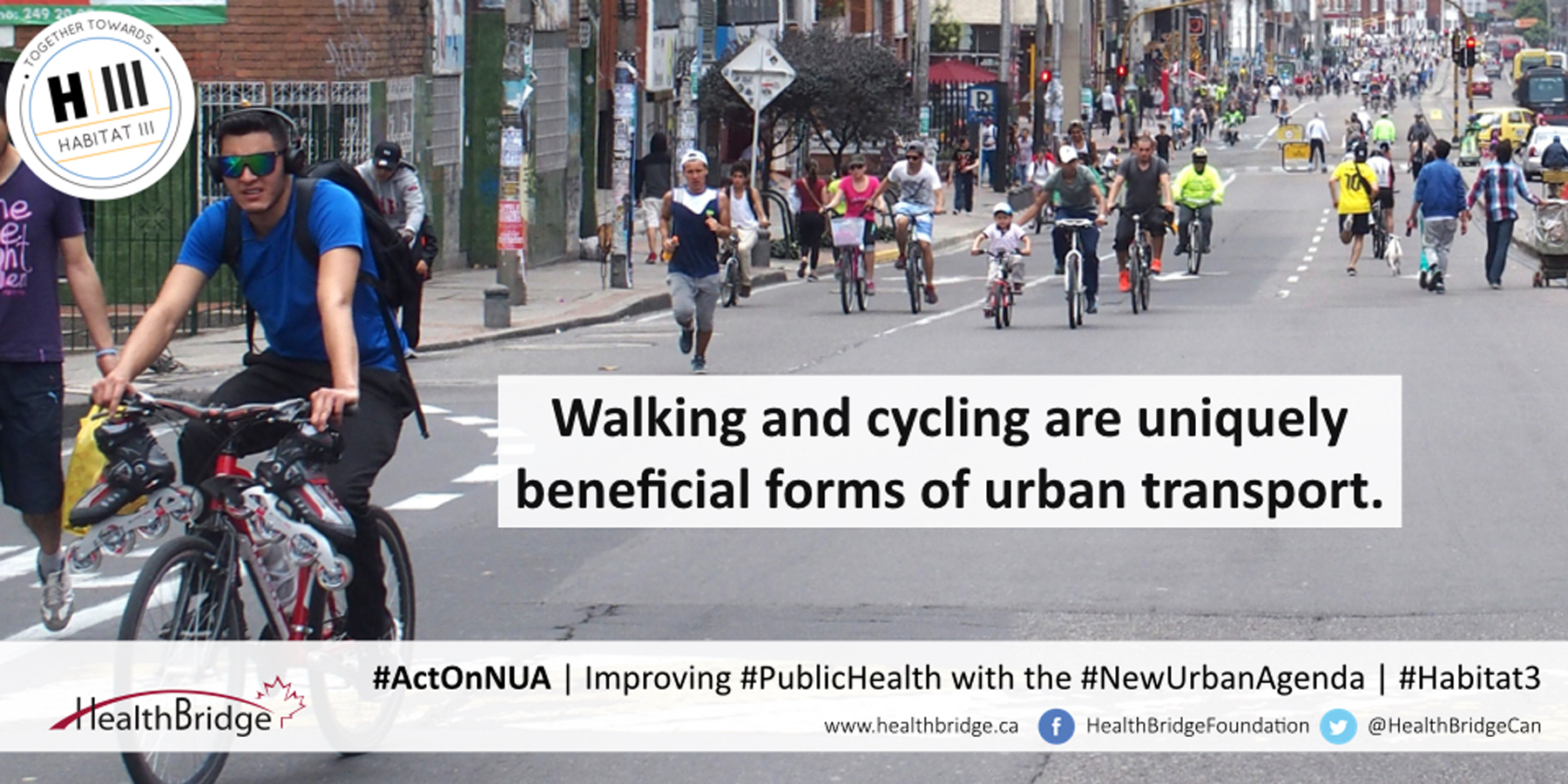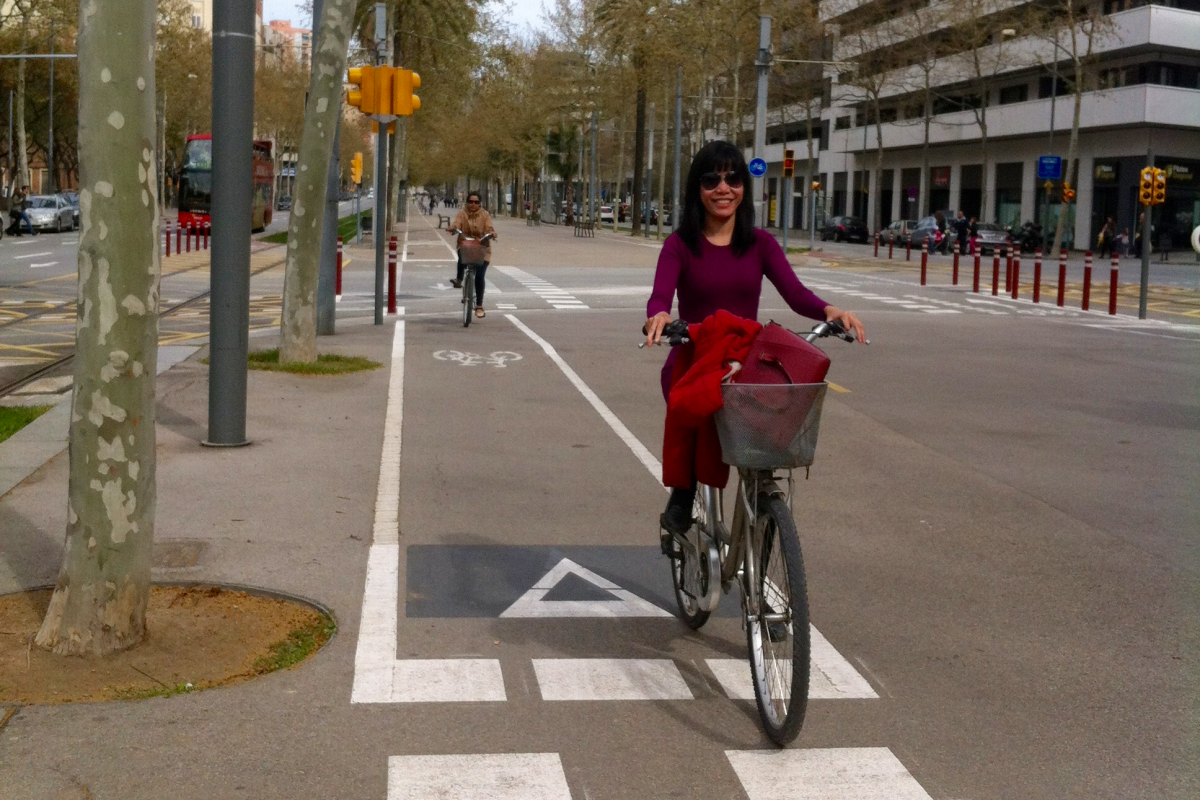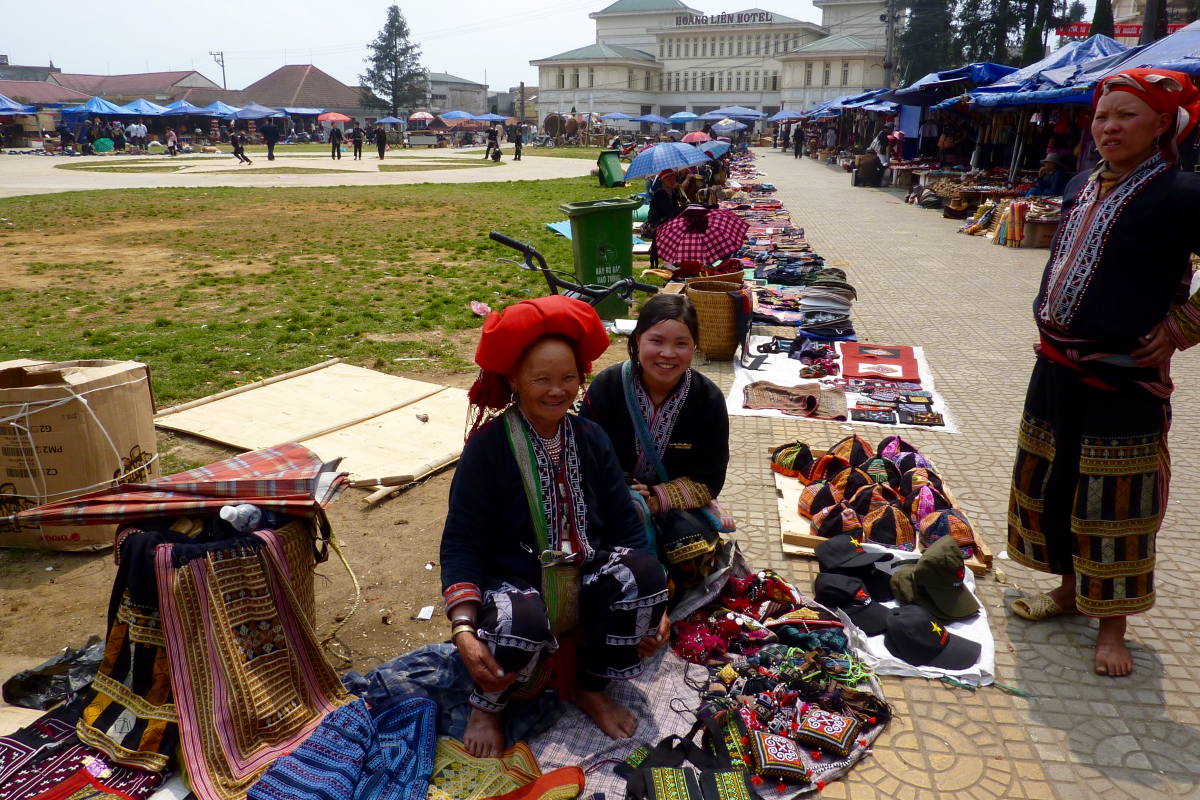Public Spaces: A key tool to achieve the Sustainable Development Goals
22nd July 2016

22nd July 2016
When the global community adopted the Agenda 2030 for Sustainable Development they acknowledged the key role public spaces will play in achieving inclusive, safe, resilient, and sustainable cities in SDG 11:
Target 11.7: By 2030, provide universal access to safe, inclusive and accessible, green and public spaces, in particular for women and children, older persons and persons with disabilities.
However, in addition to helping achieve the cities goal, public spaces have the potential to contribute to progress across other development goals. Given the ambitious nature of Agenda 2030 for Sustainable Development, governments and communities will need to choose strategies and interventions that have the greatest impacts across a number of goals and targets if they are to achieve success. Public spaces are just such an intervention.
Public spaces will play a critical role in NCD prevention as local public markets are essential in many setting for people to access healthy foods and open public spaces including streets and parks are the main places in the community that support people to be physically active. Local markets continue to be the main distributer of healthy, fresh and affordable foods in many cities throughout the world and are particularly important for the poor who rely on markets in order to be able to buy smaller quantities, negotiate lower prices and request credit opportunities.[i] Rising numbers of supoermarkets in developing countries threaten existence of local public markets, and offer limited fresh produce but a wide variety of processed foods. Providing safe public spaces for children to be active close to home is an important as time spent outdoors is consistently positively related to children’s physical activity levels, [ii] with habits established in adolescence shaping those in later life.
In addition, encouraging active travel, which involves replacing automobile trips with walking or cycling, has proven to be an effective strategy for reducing the global deaths and injuries from road traffic accidents and improving air quality. A significant proportion of the global road safety deaths are pedestrians and cyclists, not least because insufficient attention is being paid to the needs of active travellers.[iii] Furthermore, replacing vehicle trips with walking and cycling offers co-benefits in terms of reducing emissions, as the motor vehicle transportation sector contributes 23% of the global CO2 emissions. [iv]

Creating public spaces that are safe for women and girls is critical to reducing violence against women and girls- a grave violation of human rights and yet an everyday occurrence for women and girls around the world.[v] ,[vi] Women and girls who have experienced violence or fear harassment are more likely to avoid public spaces, which reduces their freedom to move around their community, increases women’s dependence on men and exacerbates mistrust between the sexes.[vii]
Public spaces are the “workplaces” for many informal workers. Informal workers use streets, local public markets, and public open spaces to sell food, clothing and other items. In many countries informal workers also sell various services on streets such as haircuts, shoe repair, and bicycle maintenance.[viii] Cycle rickshaws, couriers, and cargo workers use public streets to transport their passengers. It is important to maximize the opportunities for these workers to use public spaces safely because they contribute significantly to their local communities. Informal workers generate employment for themselves and others, maintain a household on their income, contribute to cleanliness and safety on the streets, and contribute to city revenue via payment for licenses, permits, fees, fines, and taxes.[ix]

Providing public spaces in cities addresses both climate change mitigation and resilience. Green spaces and trees help filter airborne particulate matter, cool the air, and provide shade, which results in energy savings and improved climate quality in cities. Encouraging active travel reduces global CO2 emissions, which is an important contributor to climate change.[x] Furthermore, public spaces often become the emergency spaces in a community.
With such clear benefits afforded by the provision of public spaces, governments and communities should consider public spaces a top strategic priority. This will require significant investments in urban planning for public open spaces, mobility initiatives that focus on encouraging walking and cycling, and on urban policies that support local markets.
"...governments and communities should consider public spaces a top strategic priority." Kristie Daniel, Health Bridge
For more information, check HealthBridge's just-released paper “Public Spaces: a key tool to achieve the Sustainable Development Goals”.
Kristie Daniel (@kris2design) is Program Director of the Livable Cities program for the HealthBridge Foundation of Canada (@HealthBridgeCan). Kristie provides technical support and advice to partners in low and middle income countries to help them advocate for access for the most vulnerable to healthy transportation, healthy foods, and parks and public open spaces. Kristie has been leading HealthBridge's involvement in Habitat III including participation in Regional and Thematic meetings. Kristie has a Masters Degree in Public Health, and her headquarters is in Ottawa but she travels extensively to Asia and Africa to meet with HealthBridge's local partners.
Photographs © Kristie Daniel
[i] M. Figiué, and P.Moustier. Market appeal in an emerging economy: Supermarkets and poor consumers in Vietnam. Food Policy, 34, (2009), p.p. 210- 217.
[ii] M.J. Aarts, W. Wendel-Wos; H.A.M. van Oers, L.A.M. van de Goor, A.J. Schuit. Environmental Determinants of Outdoor Play in Children: A Large-Scale Cross-Sectional Study. American Journal of Preventive Medicine, 39 (3), pp. 212- 219
[iii] World Health Organization. Global status report on Road safety 2015. (2015).
[iv] International Energy Agency. Key Trends in CO2 Emissions: Excerpts from CO2 Emissions from Fuel Combustion. (2015)
[v] UN Women. Creating Safe Public Spaces. (n.d).
[vi] R. Macmillan, A. Nierobisz, S. Welsh. Experiencing the streets: Harassment and perceptions of safety among women. Journal of Research in Crime and Deliquency , 37, (2000), pp.306-322.
[vii] C. Bowman. Street harassment and the informal ghettoization of women. Harvard Law Review , 106 (3), (1993), pp.1-64.
[viii] D. Efroymson. Urban Menace or Valuable Asset? The Social and Economic Role of Street Vendors in Cities. (2015).
[ix] WIEGO (Women in Informal Employment: Globalizing and Organizing). Street Vendors. (n.d.)
[x] International Energy Agency (2015). Key Trends in CO2 Emissions: Excerpts from CO2 Emissions from Fuel Combustion. Online: